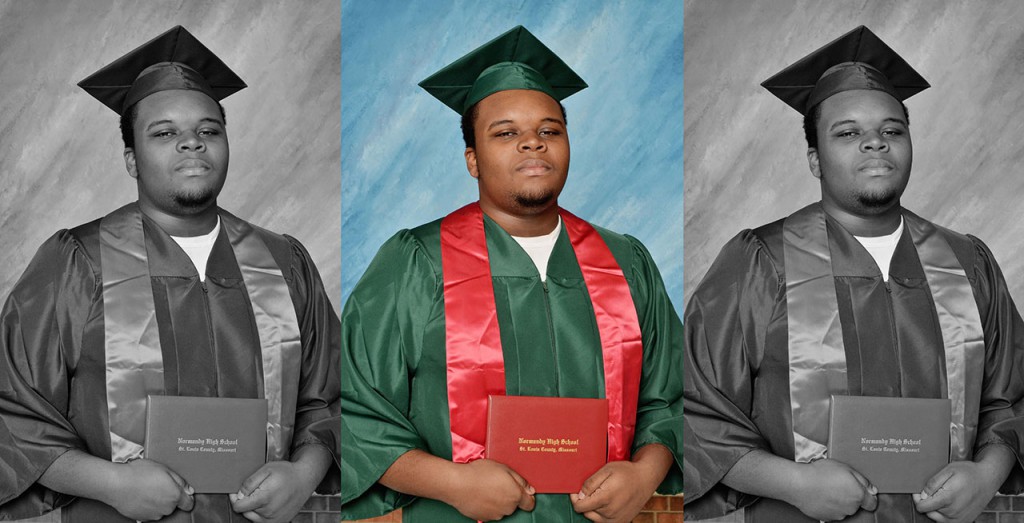When poet Kenneth Goldsmith read a modified version of Michael Brown’s autopsy report as poetry at a Brown University conference, it left many in the audience stunned and sparked a firestorm online. Is it “racist exploitation in the name of conceptual poetics” or a meaningful response to a tragic injustice?
- Invisible Beauty, Iraq’s National Pavilion at the 56th Venice Biennale, will represent the “invisibility of Iraqi artists on the international stage.” The show will feature five contemporary Iraqi artists along with art that has been rediscovered after many years of abandonment and more than 500 drawings made by refugees in northern Iraq. Ai Weiwei has chosen several of these drawings to be published in a book that will be released at the fair.
- For his new series of paintings, artist and filmmaker Julian Schnabel drew inspiration from a photograph that he “laid bare to the weather” for 19 years. The distorted patterns in the photo spoke to his interest in illustrating “the accumulation of time.”
- “Equal parts a digital bazaar with pieces priced to sell, and an exhibition, of sorts, with curated original artworks,” the Walker’s new product line turns the museum shop concept on its ear—by selling art that has no physical form. Intangibles—an idea conceived in an attempt to blur the boundaries between art, shopping, and media—includes products like Snapchats by Alec Soth, made-to-order ringtones by composer Nico Muhly, and musical voicemails left by Martine Syms. The artists involved in the project are in it less for the money than for the creative inspiration—embracing the idea that their products are interactions rather than objects.
- As so many magazines are trimming down, here’s one that’s scaling up: American Megazine stands at about five feet tall and three feet wide and “demands that you pay attention.” Created by Lisa Anne Auerbach, a 47-year-old artist from Los Angeles, American Megazine challenges the definition of Big Media and satirizes the current state of print media.
- “I’m not glamorizing my status as an outsider, but to be attacked, to smell the attack coming, was unbelievable because I wasn’t participating in this system.” Twenty-one years after the Minneapolis performance that put him at the center of the 1990s culture wars, Ron Athey is returning for a symposium dedicated to his work. For the Walker’s continuing Artist Op-Eds series, he writes about the effects of the NEA battles on his career, the 30th anniversary of his diagnosis with HIV, and the “post-AIDS body.”
- In a visual essay called Lighten Up, African American cartoonist Ronald Wimberly tells the story of how a comic book editor asked him to lighten the skin tone of a character, leading him to think about how the portrayal of race in art influences our behavior and even our identity.
Follow Art News From Elsewhere on the Walker Art Center homepage or via @walkermag, the Walker’s editorial-focused Twitter feed.




